| Mobile App ‘FloodWatch’ |
|
| NDMA Starts Testing Cell Broadcast Technology |
|
| Centralized Public Grievance Redressal and Monitoring System (CPGRAMS)
Report |
|
| Mutual Recognition Arrangement (MRA): India and Australia |
|
| Supreme Court Handbook to curb Gender based Stereotypes |
|
| Navroz Festival |
|
| Nanomechanical Testing Technology |
|
Context:
Amid landslides in hill states, a 2019 strategy document- National Landslide Risk Management Strategy by the National Disaster Management Authority (NDMA) highlighted issues of inadequate urban planning, absence of comprehensive land use policy.
About Landslides:
Key Highlights of NDMA’s 2019 Report:
Recommendations of Report:
News Source: The Indian Express
Context:
According to the recent survey by Lokniti-CSDS, more than one in three (36%) Indians aged between 15 and 34 consider unemployment to be the most significant issue.
Key Findings of Lokniti-CSDS’s Latest Survey:
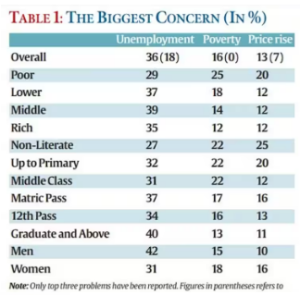

Occupational Status:
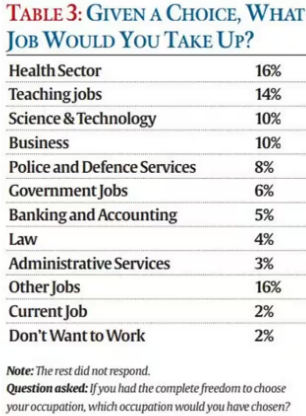 Government Jobs: Only 6% were in government jobs.
Government Jobs: Only 6% were in government jobs.Job Aspirations:
Government Job vs Private Jobs:
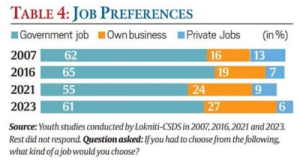
News Source: The Indian Express
Context:
Recently, the first World Health Organization Global Summit on Traditional Medicine was inaugurated at Gandhinagar, Gujarat alongside the G20 Health Ministers meet.
Key Highlights of WHO’s first Global Summit on Traditional Medicine:
What is Traditional Medicine?
Sowa Rigpa:
|
WHO Global Centre for Traditional Medicine (GCTM)
News Source: PIB
Context:
The UGC released draft guidelines for recognition of degrees from foreign institutions and left out degrees obtained under online or distance education mode.
About Draft Guidelines for recognition of degrees from foreign institutions:
University Grants Commission
|
News Source: The Indian Express
Context:
More about the news:
Report from Standing Committee on Railways:
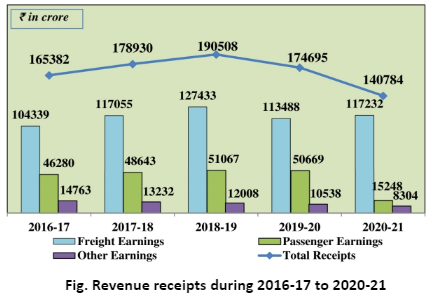
Report by the Comptroller and Auditor General (CAG) of India for 2021-22:
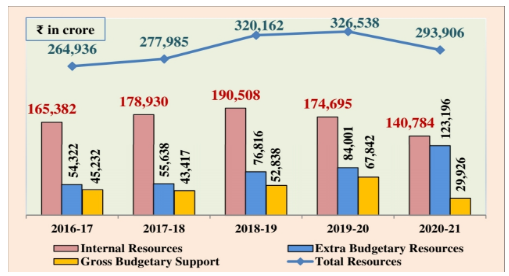
Fig. Share of various resources of IR during last five years
|
About Railway Sector in India:
|
Challenges faced by railway sector in India:
Government Reforms in Railway Sector:
| Vision 2024 |
|
| 100% Electrification |
|
| Kavach System |
|
| High speed rails |
|
| Multimodal logistics |
|
| National Rail Plan: |
|
| Mission Raftaar |
|
Way Forward:
Source: Business Standard
Context:
Recently, the Reserve Bank Governor pitched for the “expeditious completion” of the 16th general review of the quotas at the International Monetary Fund (IMF).
About International Monetary Fund (IMF):
IMF Membership:
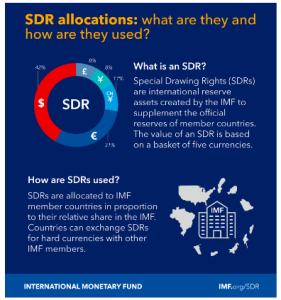 Quota Subscription: Upon joining, member countries contribute a quota subscription, determined by their economic performance and wealth.
Quota Subscription: Upon joining, member countries contribute a quota subscription, determined by their economic performance and wealth.
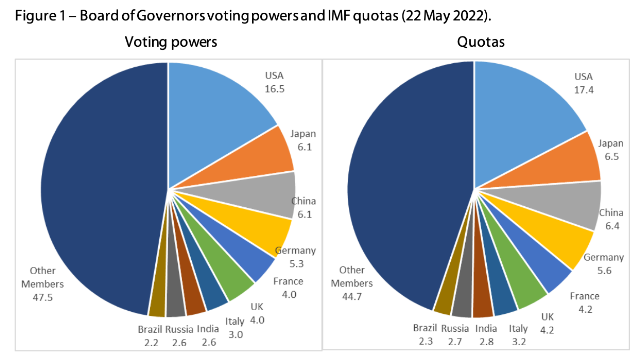
Key Functions of the IMF:
How does the IMF use Quotas?
The Governance setup of the IMF:
|
Reasons a country may seek an IMF Loans:
|
How does the IMF help countries?
Concern raised by RBI Governor:
Conditions attached to IMF Loans:
|
Way Forward:
News Source: The Hindu
SC Verdict on Newsclick Shows Adherence to Due Pro...
Stay Invested: On Chabahar and India-Iran Relation...
Credit Rating Agencies, Impact on India’s De...
Catapulting Indian Biopharma Industry
Globalisation Under Threat, US Import Tariffs Have...
Global Report on Hypertension, Global Insights and...
<div class="new-fform">
</div>
